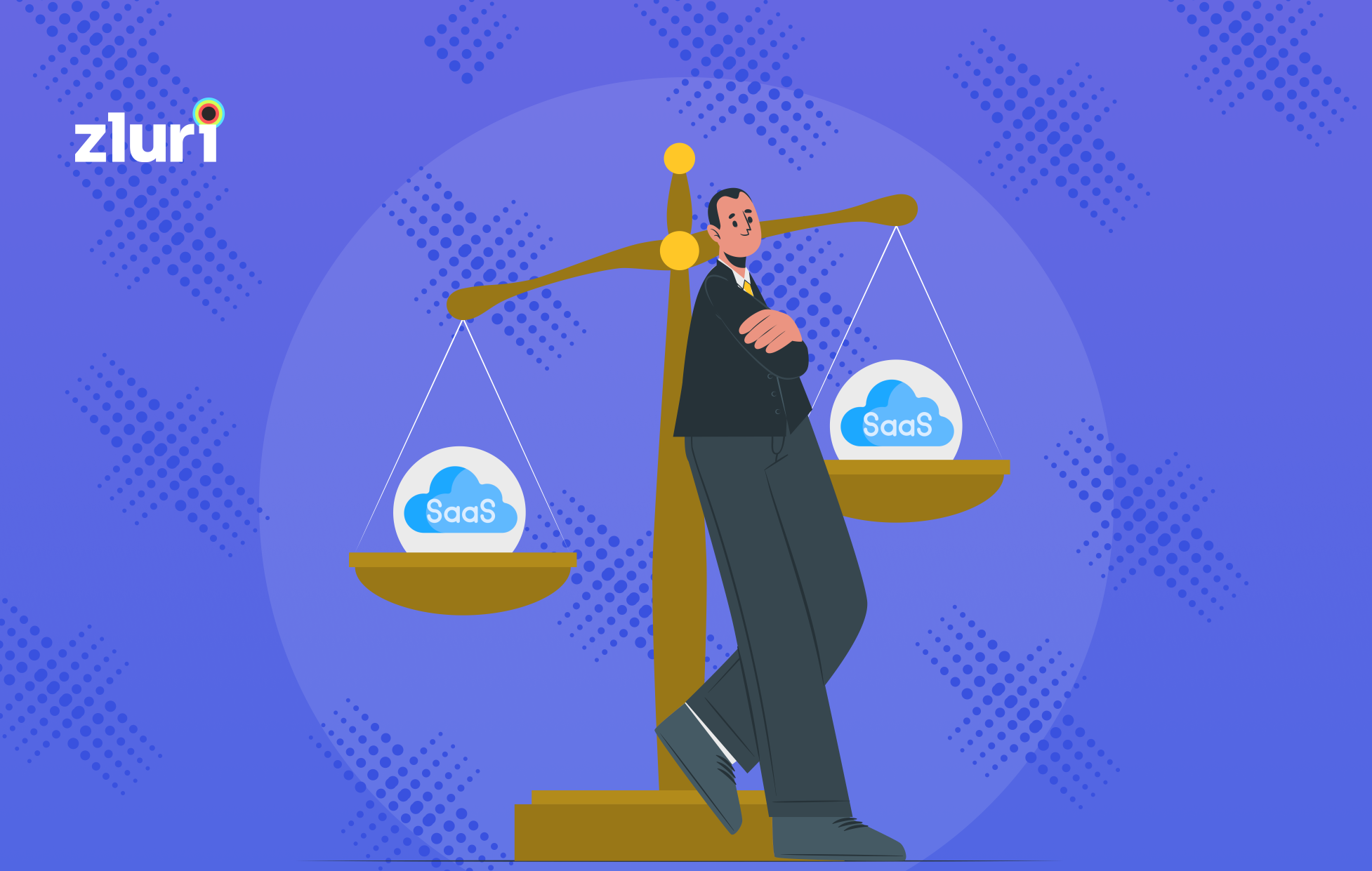Centering Around The CIO - Everything You Need To Get Up To Speed
Categories
Categories

The Roles & Responsibilities - What A CIO Should Know?

Initial journey of A CIO - Nine Steps For Wiring In Success

3 Key Challenges For Successful Digital Leaders - What CEOs need From Today’s CIOs

Digital Leadership In The Age Of SaaS - What Every CIO Should Know

All About SaaS Management - From Thought Leadership Ideas To 6 Mistakes Every CIO Must Avoid

Business-IT Alignment - How SaaS Can Help Maintain The Balance

Retaining & Recruiting The Best IT Talent - A Must-Have Know-How For CIO’s

Implementing The Best IT Strategies - Technology & The Boardroom

Automation in IT - What CIOs should be aware of?

9 Rules Of IT Leadership - The Old Vs The New

Plan, Program & Execute - 5 Ways How CIOs Can Become Better Business Partners

Strategic Planning That Works for Functional Leaders - How CIO’s Can Draw up an Action Plan

7 Tips To Keep Your IT Budget In Control - What You Should Know About

Building Better Relationships - How CIOs can be an effective team player
